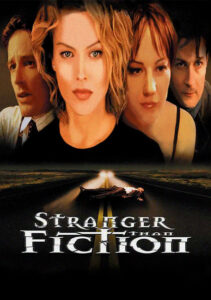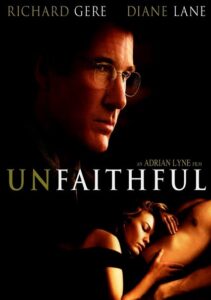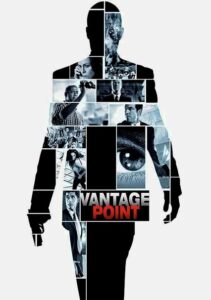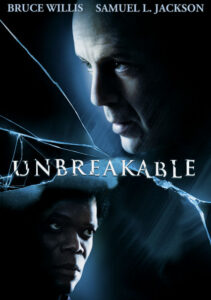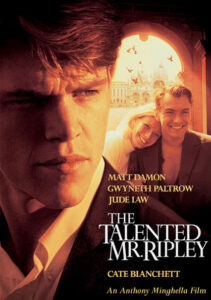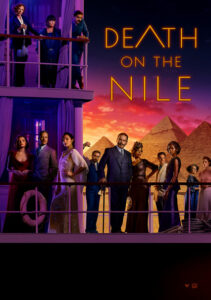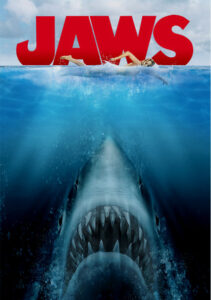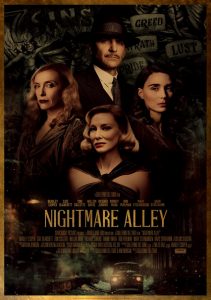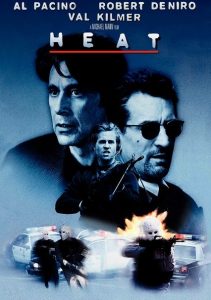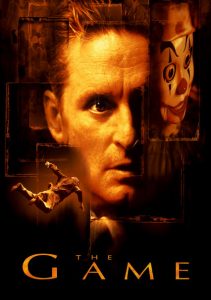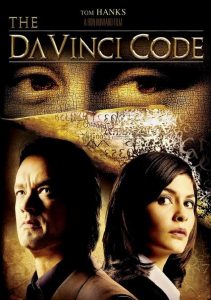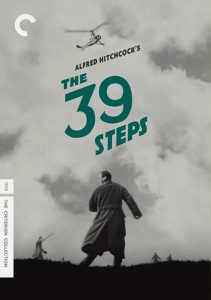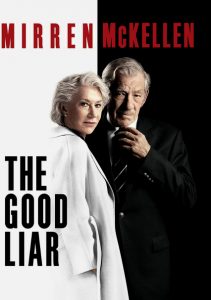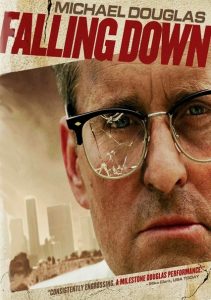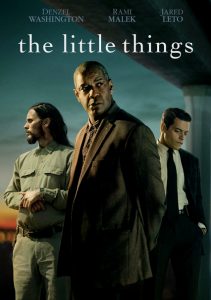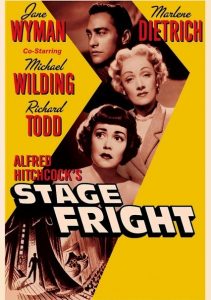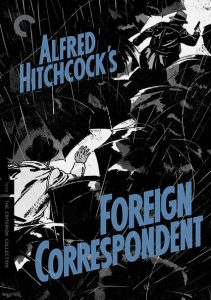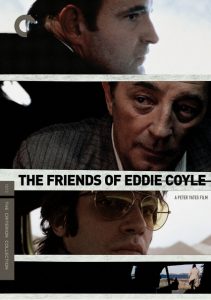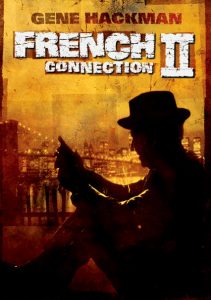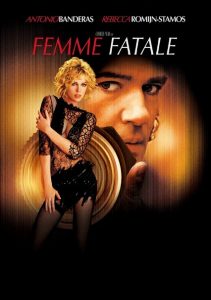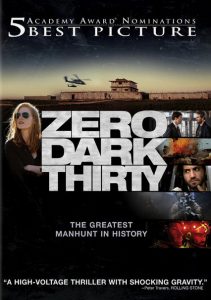Stranger Than Fiction-2000
Director Eric Bross
Starring Mackenzie Astin, Todd Field, Dina Meyer
Scott’s Review #1,298
Reviewed September 14, 2022
Grade: B+
An interesting note about Stranger Than Fiction (2000) is that it stars director Todd Field in a dual-acting role. The director is not a household name, at least not yet, but is known for directing two gems-In the Bedroom (2001) and Little Children (2006). Rewarded with Oscar nominations for both, he acts too.
This is not a set-up to a joke that he should not act and stick to directing because he does a decent job.
The irony is that he doesn’t direct the featured film Stranger Than Fiction, Eric Bross does.
The film has its share of intrigue which carries through until the end when the plot gets messy and ridiculous. I mean messy and ridiculous. I’m all for twists and turns in a good film but sometimes a speeding train can derail and that’s what ultimately happens with Stranger Than Fiction.
But for most of the running time, it’s solid entertainment, black humor, and thrills.
I was immediately interested in the story when an author named Donovan Miller, with hours to kill at an airport bar because of a delayed flight, explains the story of his novel, Stranger Than Fiction, to a curious patron.
As I drifted off to the world of Salt Lake City where the events of the book take place I anticipated juicy drama.
An interesting bit of advice is to pay very close attention to this first bar scene.
Four twenty-something friends, Jared (Mackenzie Astin), Austin (Todd Field), Emma (Dina Meyer), and Violet (Natasha Gregson Wagner) meet for drinks at the local bar. They pull a prank on Violet’s boss for fun and call it a night.
Later, Jared shows up at Austin’s place injured and covered in blood, declares he’s gay, and spews a strange story about a dead guy in his apartment. The foursome investigates and things get interesting.
The cinematography has a muted, dull style that feels sort of like an independent film but also looks amateurish and made for television. Even though it was made in 1999 it feels quite 1980s to me.
Unclear is if or why this style was used or if the budget was just low. I love independent filming but this didn’t do Stranger Than Fiction any favors.
None of the characters are fascinating, and writers Tim Garrick and Scott Russell unsuccessfully try to give the camaraderie between the four principals a sitcom feel. The constant bantering and bickering get tired fast.
It feels like NBC’s Will and Grace meets Friends.
Where Stranger Than Fiction excels is at the twists and this makes me forgive the other mistakes and forced chemistry between the actors. I salivated for the next plot reveal and couldn’t wait to see how the events would unfold.
Once the friends agreed and made the foolish decision to dispose of the dead guy instead of calling the police, I knew I was in for hijinks or a caper.
As the gang gets deeper and deeper into shit like hitting a homeless guy with their car and parking illegally and getting their car towed, more characters are introduced and threaten their plans.
This is all well and good until things spiral out of control with a dizzying explanation of events that involve blackmail, suicide, backstabbing, and jealousy. Since the author is explaining a fictitious novel this might have been okay until it’s revealed that the events might have occurred.
By that time I didn’t care anymore.
Nice effort for a while by Stranger Than Fiction (2000) and fans of black comedy should take notice. With a strong premise and mostly good build-up, the follow-through failed and I was left bewildered rather than completely satisfied.
